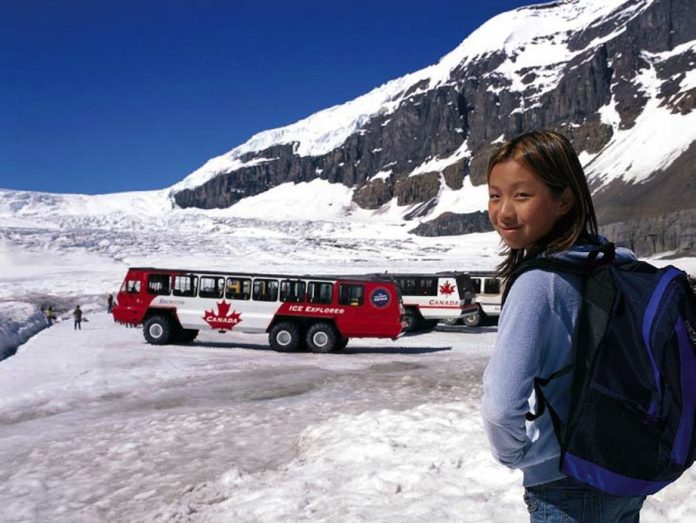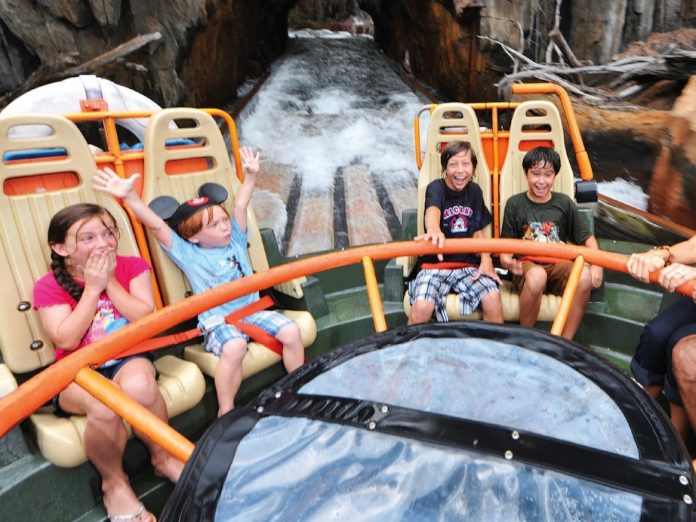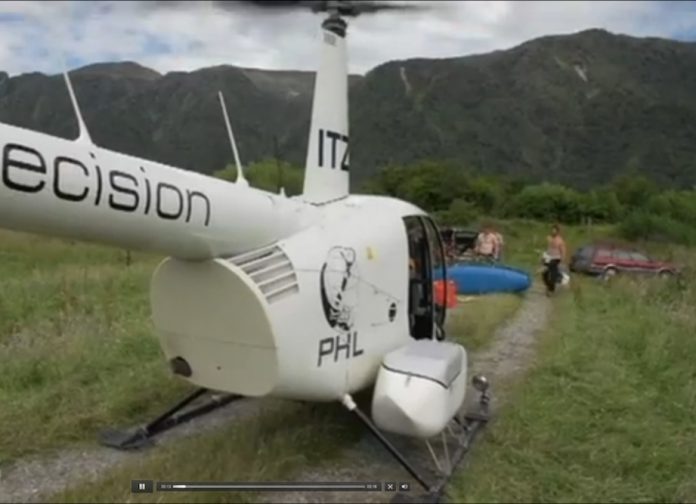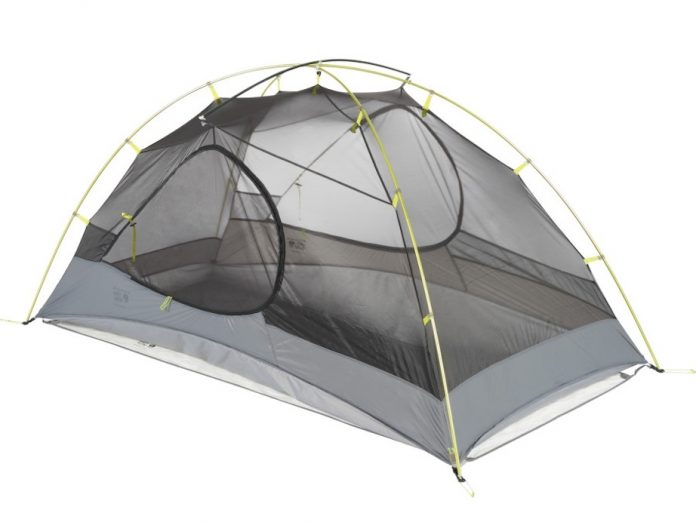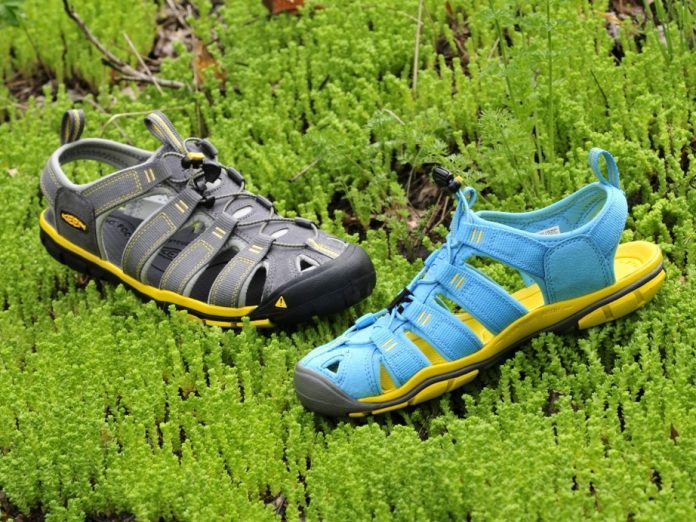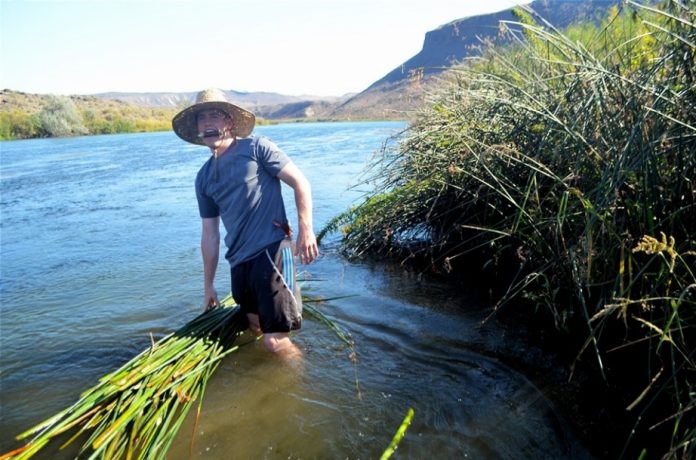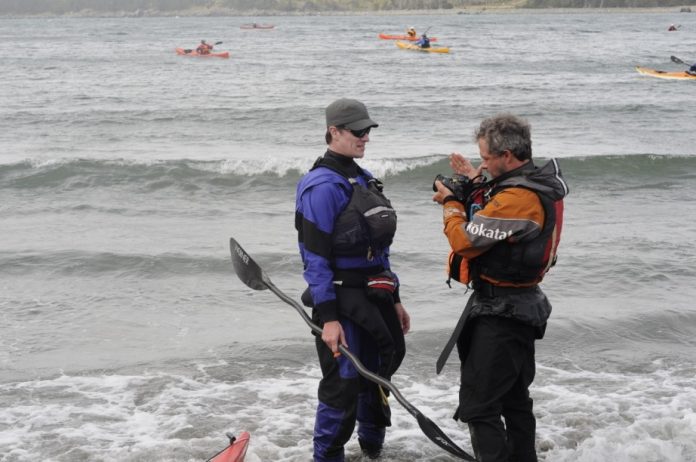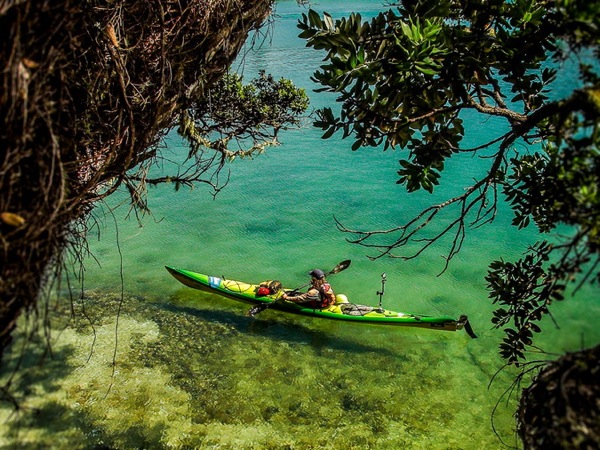High definition theatres, interactive video exhibits, cutting edge designs and eco-friendly construction. Today’s park interpretive centre is more James Bond than John Muir, with a multi-million dollar budget and ultra-modern engineering and technology. Designed for all ages and interests, the only prerequisite for these learning adventures is curiosity.
L’Anse aux Meadows, Newfoundland
On a storm-ravaged promontory of rock and hardy grass in northernmost Newfoundland, a patchwork of mossy depressions and sod roofs comprises the earliest known European settlement in the New World.
At L’Anse aux Meadows, the archaeological remains and reconstructed dwellings of early 11th-century Norse explorers reveal a glimpse into the lifestyle of these pre-Columbian adventurers. Inside the interpretive centre, you can view Viking artifacts and read translations of the Norse sagas.
The highlight of a summer visit is taking a walk outside through a living Viking encampment. Kids can learn how to woodwork or create textiles with the crew of costumed interpreters, or just chat with the captain about life in the Viking age.
Bring bikes to ride around the quiet roads or explore one of the many hiking trails. Further immerse your family in Viking lore and lifestyle at Norstead, a nearby educational site with interactive programs. The fiords of Gros Morne National Park are also en route.
The national historic site is at the tip of the Great Northern Peninsula, accessed via Hwy 430 (The Viking Trail), 490 kilometres north of Corner Brook and the Trans Canada Highway. Open June to October, call ahead off season. www.pc.gc.ca/lhn-nhs/nl/meadows
Columbia Icefield, Alberta
The impressive Icefield Centre, perched on Sunwapta Pass directly across the Icefields Parkway from the massive Columbia Icefield in Jasper National Park, is far more than a visitor centre. The top floor of this four-story structure is a lodge, while the lower levels are home to a cafeteria, gift shop and the Glacier Gallery—an extensive interpretive centre that tells the fascinating story of the glaciers, mountain ecology and area history. Panoramic windows overlook the Athabasca Glacier, the nearest of eight glaciers that form one of the largest non-polar ice fields in the world. The ice field also straddles one of only four triple continental divides in the world, with a watershed that feeds three oceans: the Arctic, Atlantic and Pacific.
Drive the entire 230-kilometre Icefields Parkway, one of the most famous and beautiful roadways in the world, through Banff and Jasper National Parks. Take a 90-minute tour onto the Athabasca Glacier in a special “snocoach” buggy and step out to walk on the glacier (visit www.columbiaicefield.com).
The Icefield Centre is located just north of the Jasper-Banff National Park border, 103 kilometres south of the town of Jasper along the Icefields Parkway (Hwy 93). Open May to October. www.pc.gc.ca/pn-np/ab/jasper/visit/visit14_E.asp.
Find four more great interpretive centers in the 2009 Early Summer issue of Canoeroots and Family Camping magazine, read it in our free iPad/iPhone/iPod Touch App or Android App or read it here.



